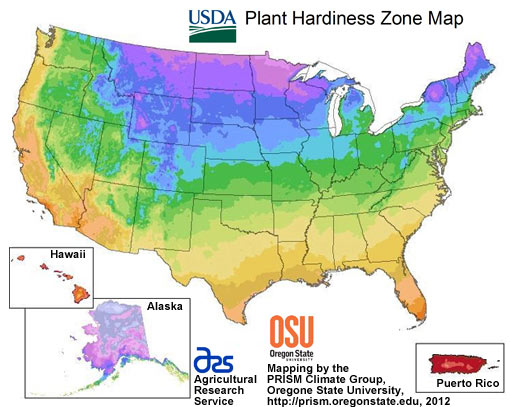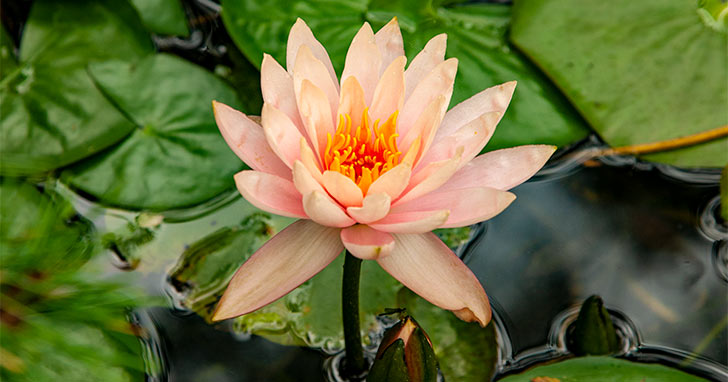Live pond plants play an important role in the overall health of your pond environment. The addition of live plants to your pond or water garden provides many benefits including vital oxygen production as well as remediation of excess organic waste materials that can fuel aggressive nuisance algae growth. However, adding and properly caring for your pond plants requires a bit of planning and “know-how.” Check out our following tips on how to maximize your water gardening experience.
Know Your Zone
The first and most important step before purchasing any pond plant is to properly identify your particular Plant Hardiness Zone. Doing so will give you a clear understanding of which plants are most likely to thrive in your area. Once you identified your plant hardiness zone, simply select plants that match your hardiness zone. Refer to the USDA Plant Hardiness Zone Map to identify your plant hardiness zone.
The Right Light
Different pond plants have different light requirements. Be sure to match your plants specific light requirements to the lighting conditions of your pond. In other words, locate shade-loving plants in an area with low or filtered light conditions and place sun-loving plants in bright, sunny locations. This sounds simple but light conditions shift throughout the day so be sure to pay particular attention to the amount of light your pond receives over the course of the day to best determine the ideal location for your pond plants.
Mix It Up
A plant combination of varying sizes and species will create a much more aesthetically pleasing water feature than one comprised of plants of the same size or type. To create a natural-looking water garden, incorporate the notion of foreground, midground, and background. Place shorter plants near the edge of the pond for an unobstructed view. Also, consider a healthy mix of oxygenating plants such as anacharis, cabomba, or hornwort as well as emergent plants such as water lilies to enhance natural filtration that helps keep aggressive algae growth at bay.

Keep it Cultured
Be sure to never take native plant species from the wild. Besides being illegal and damaging to the environment, even healthy natural pond plants can introduce a variety of unwanted pests such as snails, algae, and disease-causing microorganisms to your pond. Your best bet is to always order from a reputable company that cultivates pond plants specifically for water gardening.
Divide and Conquer
When you plant hardy species that reproduce rapidly, be sure to divide them as they grow to allow space for a greater variety of plant species. As it matures, your water garden then becomes even more beautiful.
Plan Your Dream Pond Landscape
Choosing and ordering plants for your pond is not difficult or complicated. However, it does require some forethought. Be sure to always research the care requirements of the pond plants you are interested in keeping. In addition, consider creating a planting “blueprint” to map out your ideal pond landscape incorporating a variety of pond plants that will fare well in your particular climate.
Shop LiveAquaria® for Quality Pond Plants
Check out our large selection of live pond plants! Our useful plant hardiness zone map, below, will help you choose the appropriate plants for your region. Pond plants can be shipped from April 15th to September 30th. They are all grown in pots, unless otherwise noted, ensuring that you receive a strong, healthy plant.

An Interactive Zone Map can be found at United States Department of Agriculture website. |





